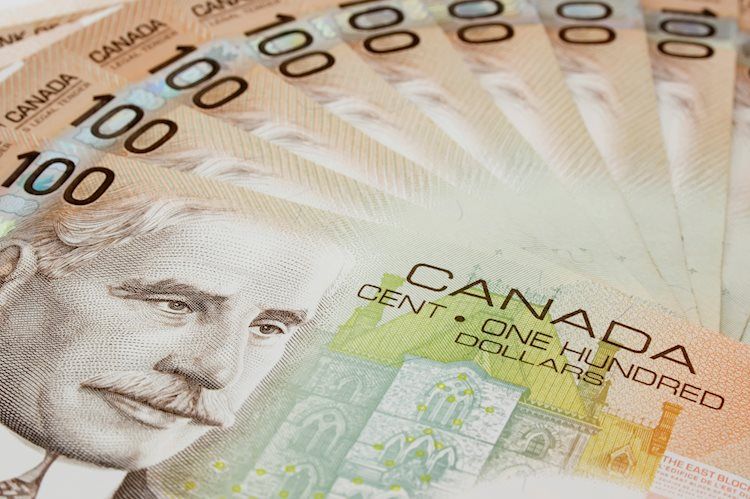- USD/CAD gains ground to around 1.4020 in Tuesday’s Asian session.
- The rising geopolitical risks support the USD.
- The Canadian CPI inflation report will be in the spotlight on Tuesday.
The USD/CAD pair trades in positive territory near 1.4020 on Tuesday during the Asian trading hours. The resurgence of geopolitical tensions in the Middle East and in the Russia-Ukraine front boost the safe-haven currency like the Greenback. Investors will closely watch Canada’s Consumer Price Index (CPI) inflation data, which is due later on Tuesday.
Citing two US officials familiar with the decision, CNN News reported on Sunday that US President Joe Biden’s administration has authorized Ukraine to use US arms to strike inside Russia in a significant reversal of Washington’s policy in the Ukraine-Russia conflict. Investors will monitor the development surrounding geopolitical risks. Any signs of escalation could lift the US Dollar (USD) against the Loonie.
Additionally, markets expect that Donald Trump’s administration will reignite inflation and slow the path of rate cuts from the Federal Reserve (Fed). This, in turn, contributes to the USD’s upside. Futures markets hint at 58.7% odds of a Fed rate cut in December, though expectations for rate cuts through 2025 have moderated to 77 basis points (bps).
On the Loonie front, the Canadian CPI inflation is expected to rise to 1.9% YoY in October from 1.6% in the previous reading, while the monthly CPI is estimated to show an increase of 0.3%. Any signs of hotter inflation in the Canadian economy could lift the Canadian Dollar (CAD) and act as a headwind for USD/CAD.
Canadian Dollar FAQs
The key factors driving the Canadian Dollar (CAD) are the level of interest rates set by the Bank of Canada (BoC), the price of Oil, Canada’s largest export, the health of its economy, inflation and the Trade Balance, which is the difference between the value of Canada’s exports versus its imports. Other factors include market sentiment – whether investors are taking on more risky assets (risk-on) or seeking safe-havens (risk-off) – with risk-on being CAD-positive. As its largest trading partner, the health of the US economy is also a key factor influencing the Canadian Dollar.
The Bank of Canada (BoC) has a significant influence on the Canadian Dollar by setting the level of interest rates that banks can lend to one another. This influences the level of interest rates for everyone. The main goal of the BoC is to maintain inflation at 1-3% by adjusting interest rates up or down. Relatively higher interest rates tend to be positive for the CAD. The Bank of Canada can also use quantitative easing and tightening to influence credit conditions, with the former CAD-negative and the latter CAD-positive.
The price of Oil is a key factor impacting the value of the Canadian Dollar. Petroleum is Canada’s biggest export, so Oil price tends to have an immediate impact on the CAD value. Generally, if Oil price rises CAD also goes up, as aggregate demand for the currency increases. The opposite is the case if the price of Oil falls. Higher Oil prices also tend to result in a greater likelihood of a positive Trade Balance, which is also supportive of the CAD.
While inflation had always traditionally been thought of as a negative factor for a currency since it lowers the value of money, the opposite has actually been the case in modern times with the relaxation of cross-border capital controls. Higher inflation tends to lead central banks to put up interest rates which attracts more capital inflows from global investors seeking a lucrative place to keep their money. This increases demand for the local currency, which in Canada’s case is the Canadian Dollar.
Macroeconomic data releases gauge the health of the economy and can have an impact on the Canadian Dollar. Indicators such as GDP, Manufacturing and Services PMIs, employment, and consumer sentiment surveys can all influence the direction of the CAD. A strong economy is good for the Canadian Dollar. Not only does it attract more foreign investment but it may encourage the Bank of Canada to put up interest rates, leading to a stronger currency. If economic data is weak, however, the CAD is likely to fall.
